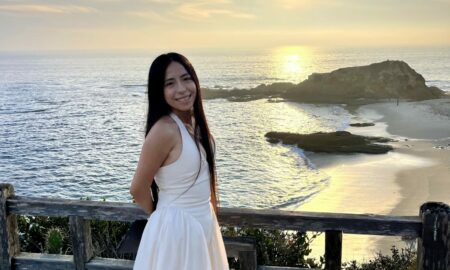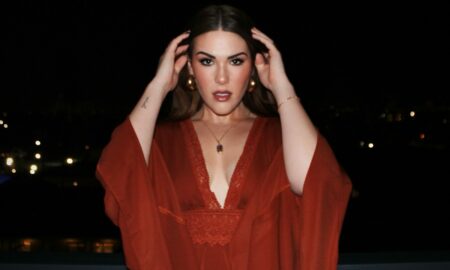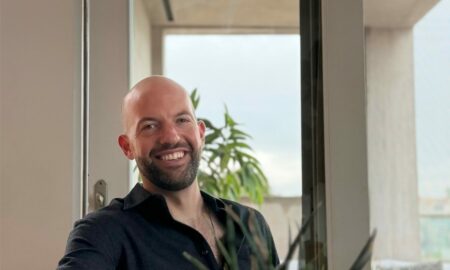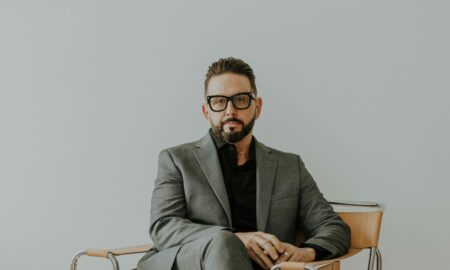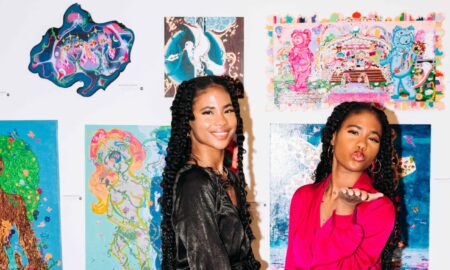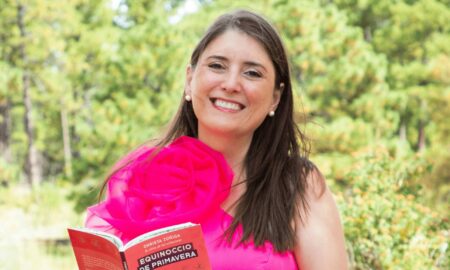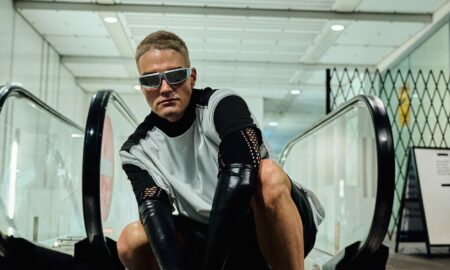

Today we’d like to introduce you to Emanuel Hahn. You might remember Emanuel from here. We hope you’ll enjoy our conversation below.
Hi Emanuel, please kick things off for us with an introduction to yourself and your story.
When I was younger, a career in photography was not something I had ever thought of as possible. Growing up, everything seemed to gear me towards a professional corporate career – I specialized in economics in high school (it was that kind of school), majored in finance at NYU Stern, and got my first job working at a fintech startup in New York. Deep down, I always knew I was creative but I never had an outlet for it until I discovered photography in college. While traveling during study abroad, I learned how to use a DSLR for the first time and I never looked back. With my signing bonus at my first job, I bought a professional camera and started shooting portraits and weddings on the side for fun. I learned everything about photography from blogs and YouTube. So when I was able to pay off my student loans after two years of working at my fintech job, I knew I had to give photography a shot and gave my boss my two week’s notice. The first year of freelancing was brutal – I had overwhelming impostor syndrome, didn’t know how to approach clients or how to price my work, and most importantly, I didn’t have a voice. I mainly took on events and wedding photography to pay the bills.
But gradually, I developed my skills in portraiture and started shooting for some bigger brands and my photography business expanded over time. In 2017, I embarked on a personal documentary photo project with a friend of mine, covering the Mississippi Delta Chinese. This was the first time I shot a series completely out of curiosity, without a commercial incentive. We drove all over the Mississippi Delta, meeting and photographing the Chinese community that had been there since the early 1900s. The project was eventually featured on the New York Times and I think that was the moment when I realized that narrative photography (and film) was what I was passionate about. Today, I work as a commercial, editorial and documentary photographer. I shoot with both startups and national brands, contribute to art magazines and publications and work on personal projects that all revolve around telling diaspora stories. In addition, I’ve been pivoting into making commercial and narrative films as well.
Would you say it’s been a smooth road, and if not what are some of the biggest challenges you’ve faced along the way?
If there’s a venn diagram with one circle being “Photographer” and the other being “A Smooth Road”, they would surely not touch. There are definitely ups and downs. In my early years, I had so much self-doubt regarding my work, my confidence as an artist and human, and whether I had “what it took” to make it. There were weeks where I was immobilized by my fears of failing that I would end up staying at home doing nothing. I actually think there was a whole month where I watched the entire The Office series because of a combination of slow work and my crippling anxiety. But the way I overcame that was just by shooting, whether it was going outside to shoot street photography or setting up test shoots at a studio. Then of course, there was the money, and not having enough of it. Becoming a photographer is only 50% about the art. The other 50% is about running a business – self-promotion, insurance, buying equipment, marketing, budgeting, invoicing, creating contracts, communications, production, project management. You have to do it all.
While I’m fortunate to have a business degree, it was still a huge learning curve, and I am still constantly learning. After a few years, I hit a strange point where my work was too good for small budgets but not good enough for bigger productions. I would constantly work these “in-between” jobs that didn’t pay enough or build my portfolio. I think this was when I started working on a lot of personal projects, whether narrative photo essays or styled editorials. One of the hardest things about photography is that it’s easy to treat it like solo sports. You’re constantly working in a silo and it’s easy to get lost in your thoughts and go through analysis paralysis, which then leads to immobilization and anxiety. I’ve learned to work with other creatives because collaboration usually shakes me out of my rut. But I still struggle with working alone. I would love to be working constantly with art directors, creative directors and other creators at large. Even though the road is bumpy, when a project is finished, there is always satisfaction.
Thanks – so what else should our readers know about your work and what you’re currently focused on?
I’m interested in creating humanistic photographs and films that bring a person’s essence to life. As a Korean Third Culture Kid growing up in Singapore and Cambodia, I developed an interest in storytelling on the topics of identity, culture, diasporic experiences and the question of what it means “to belong”. My deep observational and listening abilities have led me to tell the stories of the coffee farmers in Colombia, Chinese grocery store owners in the Mississippi Delta, and the Korean Uzbeks in Brooklyn.
Where we are in life is often partly because of others. Who/what else deserves credit for how your story turned out?
My peers have been instrumental in my success – the photographers who’ve shared their wisdom, the friends who’ve supported me when I’ve been stuck in my ruts, the clients and agencies that took a chance on my work even when I was just starting out.
Contact Info:
- Email: [email protected]
- Website: emanuelhahn.com
- Instagram: instagram.com/hahnbo
- Twitter: twitter.com/hahnbo
- Other: vimeo.com/emanuelhahn








Image Credits:
All photos by Emanuel Hahn












